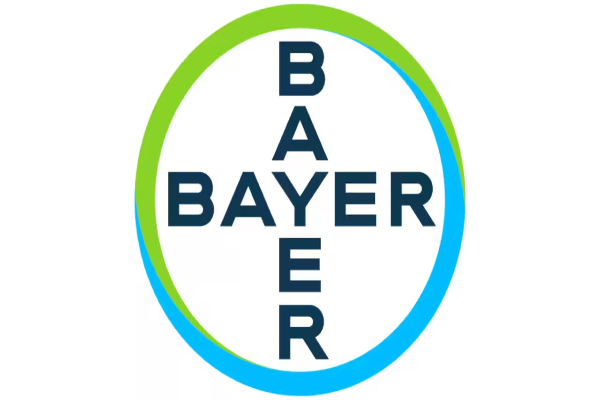It is intended for contrast enhancement in MRI scans

Bayer has submitted a marketing authorization application to the European Medicines Agency (EMA) for gadoquatrane, its investigational MRI contrast agent. It is intended for contrast enhancement in MRI scans to detect and visualize suspected or known conditions across the body and central nervous system (CNS) in adults and children, including newborns.
The proposed dose—0.04 mmol of gadolinium per kilogram of body weight—represents a 60% reduction compared to the current standard dose (0.1 mmol Gd/kg) used with macrocyclic agents. If approved, gadoquatrane would be the lowest-dose macrocyclic GBCA available in the EU.
“With this application, Bayer aims to offer a lower-dose option for patients and clinicians,” said Dr. Konstanze Diefenbach, Head of Radiology R&D at Bayer. “This aligns with European and global guidance to use the minimum effective dose, especially for patients with chronic conditions who undergo multiple MRIs.”
About 16 million contrast-enhanced MRI scans are performed annually in the EU, with the number growing about 5% each year. The EU application follows positive results from global Phase III QUANTI studies in adults and children. Bayer has also submitted applications in Japan and the U.S., with further filings planned worldwide.
The studies showed gadoquatrane met primary and secondary endpoints related to visualization and lesion detection.
QUANTI Pediatric showed that gadoquatrane’s pharmacokinetic and safety profile in children was similar to that in adults. Safety events were similar to comparator agents and consistent with previous data. No new safety issues were identified.

Subscribe To Our Newsletter & Stay Updated